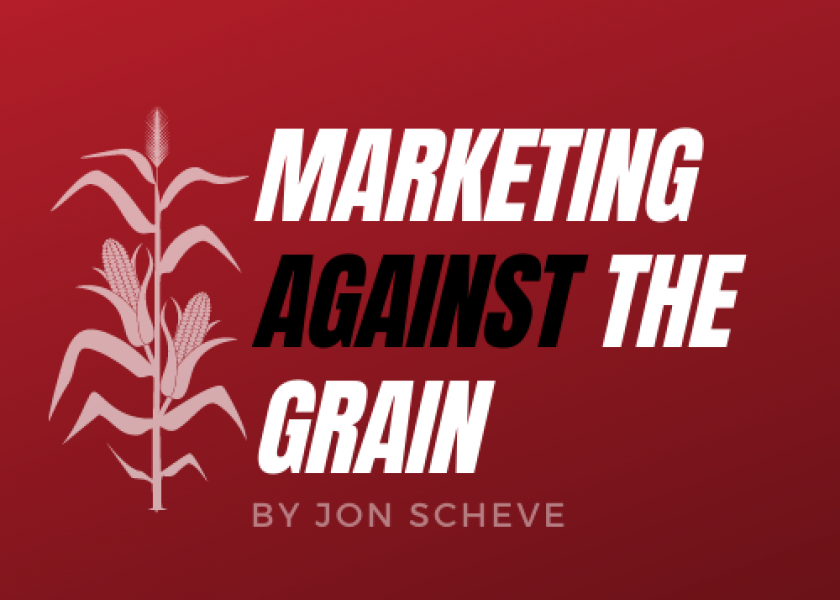Are Corn And Wheat Overvalued?

Missed a recent article by Jon Scheve? Get it sent to you directly every week. Send a request by email: jon@superiorfeed.com
Market commentary for 5/27/22
This past week the market focused on the possibility Russia would allow grain to be exported out of Ukraine through “humanitarian maritime corridors” from ports on the Black Sea. For this to happen it requires a deal between the US, EU, UN, Ukraine and Russia. It’s doubtful all 5 will be able to agree on something, but the market continues to watch closely.
If a substantial amount of grain trapped in Ukraine could be exported out by sea, wheat prices would likely be significantly overvalued and would put corn prices under pressure too. If Ukrainian grain stays trapped, then wheat and corn values are arguably undervalued at current prices.
China and Brazil made an agreement that corn can be traded between the two countries. This agreement does not change world supply and demand. Long term this agreement is more of a logistical price issue between China, South America, and US freight rates the market will trade around.
Weather remains a wildcard. Regardless of what happens in Ukraine, if there is widespread hot and dry weather in June and July throughout the corn belt, then more upside potential is possible. And, that assumes all projected corn acres get planted.
The planting pace throughout most of the US progressed well last week, except for North Dakota which continues to move very slowly. The full insurance guarantee for corn plantings in the northern corn belt has now passed; however, given current price levels farmers there have indicated they will likely keep planting until around June 4th. After that date, most indicate they will switch to soybeans before taking prevent plant.
By Friday, prices still encouraged US farmers to plant as much corn as possible. North Dakota will probably lose 1-2 million corn acres this year, but the rest of the US will likely add that many acres, at the expense of beans. Last month many in the trade expected corn acres to be added to the total by the June 30th report. Now it seems more likely that total corn and bean acres will be closer to the March 31st report estimates. While there may be a few more corn acres at the expense of beans, the change probably will not be substantial.
Bottomline
The situation in the Black Sea region has taken a strange turn and increased market volatility. North Dakota weather has switched from drought conditions last year to too much precipitation this year. Total planted acres for the country are still a question market. June and July could still get exciting.
Want to read more by Jon Scheve? Check out recent articles:
Are Beans Trying To Buy Acres Away From Corn?
Do Market Conditions Warrant $8 Old Crop Corn And $7.50 New Crop Corn?
Are The Highs In? War And Weather Make Predicting Difficult.
Will Corn Go To $10 This Summer Or Hit $5 By This Fall?
Corn Prices Continue To Trend Higher, But Can It Continue?
Will Corn Be Worth $7 This Fall? Can Beans Remain Above $14?
Jon Scheve
Superior Feed Ingredients, LLC







